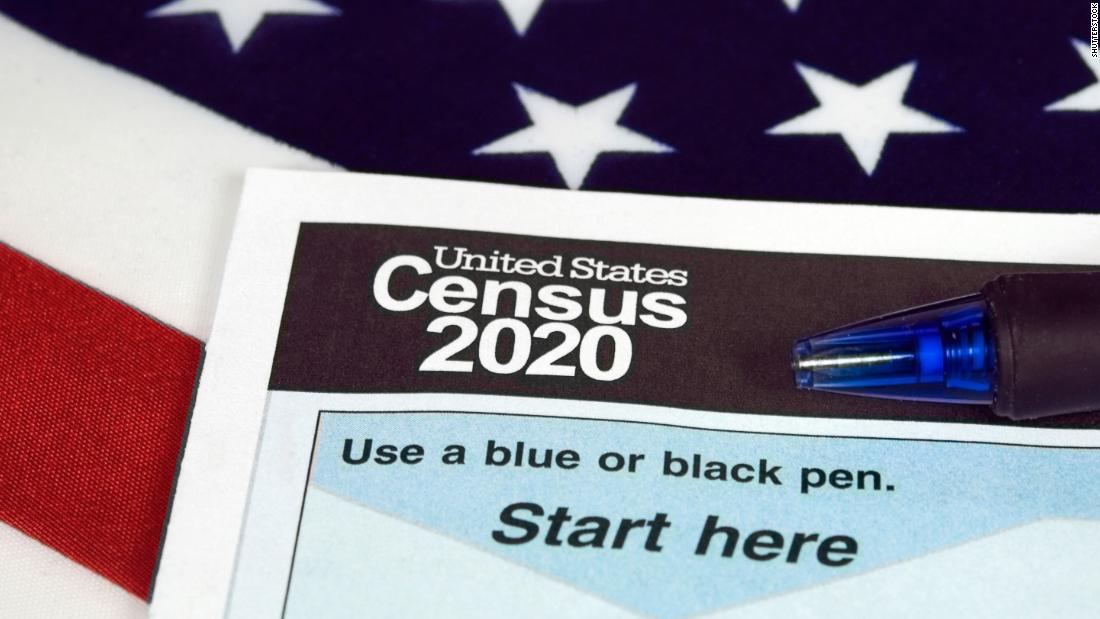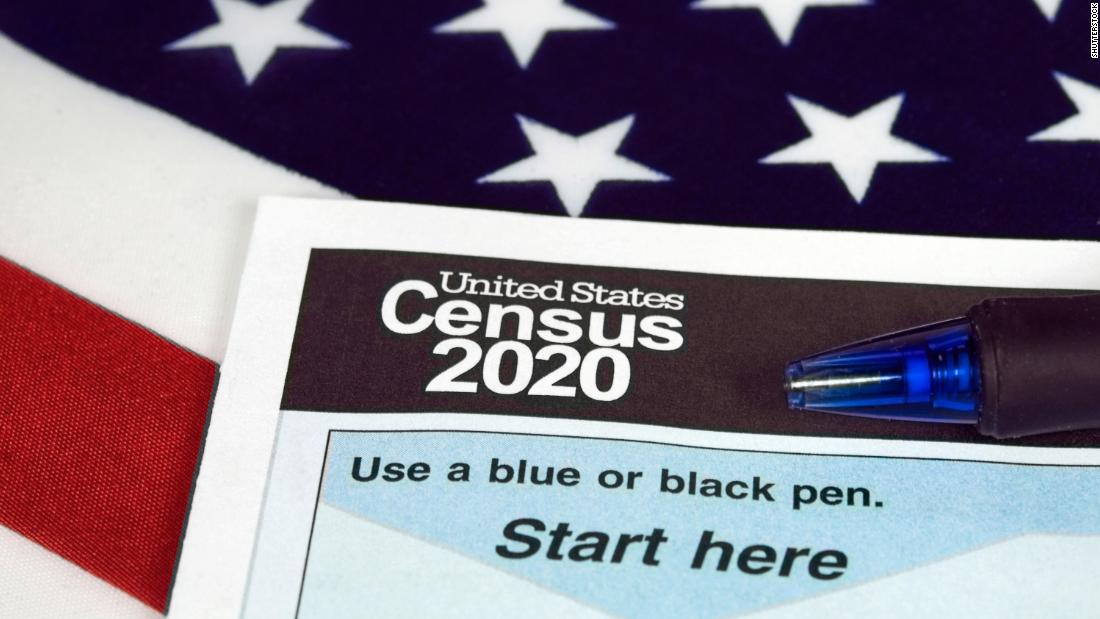[ad_1]

The 2020 Census will be conducted in the spring and reapportionment based on that survey would not take effect until the 2022 elections. The Census results may not match the trend estimates.
The Census data show the US population overall growing slower this decade than previously, with fewer babies born and more deaths than in recent years. The Southern US, stretching from Delaware to Texas, continues to benefit the most from people moving within the country, while the population in Northeastern states declined.
Texas, Frey concluded, could gain three seats. Florida could gain two seats. North Carolina, Arizona, Colorado, Montana, and Oregon could each gain one.
Slower growth in California, and faster growth elsewhere, could lead to the nation’s most populous state losing one congressional district, Frey projects. That would be the state’s first ever loss of a congressional seat, he noted. Following the 2010 census, its apportionment of 53 congressional seats remained constant.
In addition to California, he projected that Alabama, Illinois, Michigan, Minnesota, New York, Ohio, Pennsylvania, Rhode Island and West Virginia could each lose a seat.
“On balance, this would help Republicans in presidential elections if the 2012 or 2016 electoral college voting patterns hold,” Frey wrote.
But those presidential election benefits could be short-lived. He noted that groups that tend to vote for Democrats are growing in states like Florida, North Carolina and Texas.
The analysis does not examine whether or how the balance of power in the House of Representatives could shift as districts are eliminated or added when states redraw their maps in the coming years based on the official 2020 Census figures.
The impact on Congress and the Electoral College is one of several reasons why politicians at the federal and local levels closely watch the decennial census. The data also drive the decisions of businesses and the federal government, which distributes around $1.5 trillion annually based on Census figures, according to a November report from George Washington University.
The Trump administration’s attempt to add a citizenship question to the 2020 Census was eventually dropped after the a Supreme Court ruling. Outside groups argued the administration was seeking to skew the numbers for Republican political benefit.
[ad_2]
Source link

